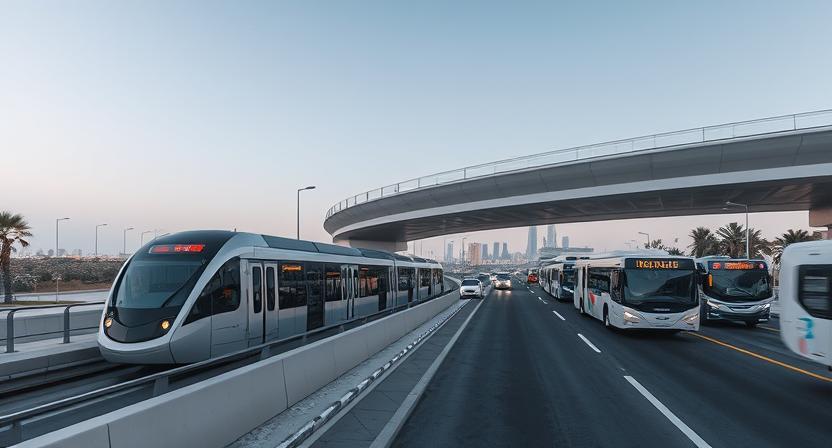
Mobility in Latin America: the digital shift toward inclusive and seamless transport
Across Latin America, public transportation is more than a way to move — it is the backbone of economic activity, social inclusion, and daily life for hundreds of millions of citizens. As urban populations expand and cash-based systems reach their limits, cities from Colombia to Ecuador are turning to digital innovation to keep people moving efficiently and fairly.














